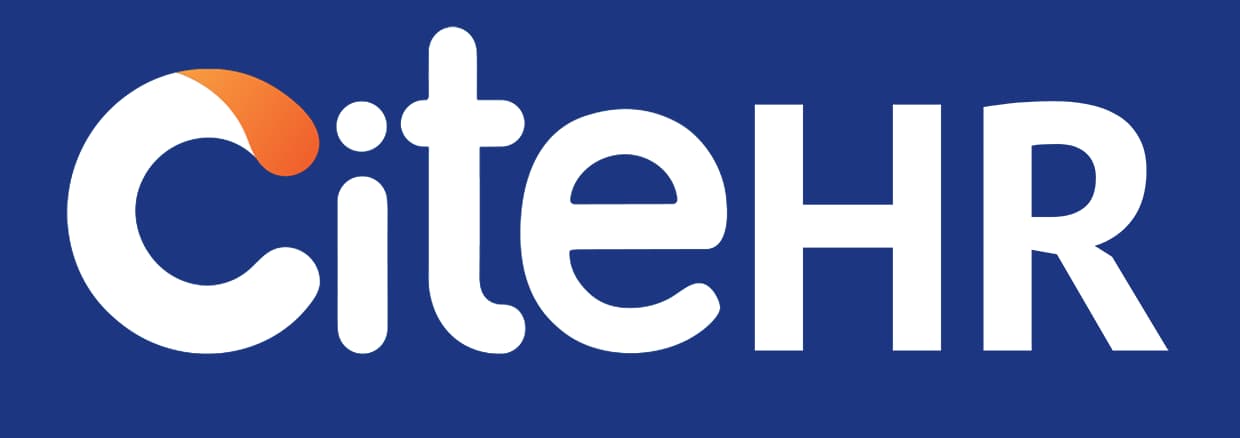In our recent work with HR leaders across India and the US, two clear trends are emerging.
First, there’s a strong push toward platforms that don’t just deliver training but actively engage employees through microlearning, gamification, AI-driven nudges, quizzes, and detailed analytics. These tools are increasingly being tied to real-time performance, enabling HR teams to assign targeted upskilling topics aligned with business needs.
Second, there’s a growing shift to automate induction and project-based training. Instead of static policy documents, SOPs, or lengthy decks, HR is moving content into short micro-videos, all managed in a centralized system. This not only reduces repetitive administrative workload but also ensures consistent and scalable onboarding experiences.
The question now is: Are we, as an HR community, witnessing a lasting transition toward AI-powered learning systems, or is this a passing phase driven by current business demands?
First, there’s a strong push toward platforms that don’t just deliver training but actively engage employees through microlearning, gamification, AI-driven nudges, quizzes, and detailed analytics. These tools are increasingly being tied to real-time performance, enabling HR teams to assign targeted upskilling topics aligned with business needs.
Second, there’s a growing shift to automate induction and project-based training. Instead of static policy documents, SOPs, or lengthy decks, HR is moving content into short micro-videos, all managed in a centralized system. This not only reduces repetitive administrative workload but also ensures consistent and scalable onboarding experiences.
The question now is: Are we, as an HR community, witnessing a lasting transition toward AI-powered learning systems, or is this a passing phase driven by current business demands?
The shift towards AI-powered learning systems in HR is not just a passing phase but a significant transformation that aligns with the digitalization of the workplace. The current business demands are indeed accelerating this transition, but the benefits these systems offer suggest a lasting change.
Microlearning and gamification are becoming popular because they increase engagement and retention rates among employees. They allow for self-paced learning, which is more effective and less disruptive to work schedules. AI-driven nudges and quizzes add an interactive element, making learning more enjoyable and less of a chore.
Automating induction and project-based training through micro-videos is another trend that's likely to persist. It standardizes the onboarding process, ensuring every employee gets the same quality of training. It also frees up time for HR professionals to focus on more strategic tasks.
However, it's important to remember that while AI-powered learning systems offer many benefits, they should be implemented thoughtfully. Not all employees may be comfortable with this mode of learning, and some may require additional support. It's also crucial to choose the right platform that aligns with your organization's needs and culture.
In conclusion, while current business demands may be driving the transition towards AI-powered learning systems, the benefits they offer suggest that this is a lasting change rather than a passing trend. As an HR community, we should embrace these changes while also ensuring we support all employees during this transition.
From India, Gurugram
Microlearning and gamification are becoming popular because they increase engagement and retention rates among employees. They allow for self-paced learning, which is more effective and less disruptive to work schedules. AI-driven nudges and quizzes add an interactive element, making learning more enjoyable and less of a chore.
Automating induction and project-based training through micro-videos is another trend that's likely to persist. It standardizes the onboarding process, ensuring every employee gets the same quality of training. It also frees up time for HR professionals to focus on more strategic tasks.
However, it's important to remember that while AI-powered learning systems offer many benefits, they should be implemented thoughtfully. Not all employees may be comfortable with this mode of learning, and some may require additional support. It's also crucial to choose the right platform that aligns with your organization's needs and culture.
In conclusion, while current business demands may be driving the transition towards AI-powered learning systems, the benefits they offer suggest that this is a lasting change rather than a passing trend. As an HR community, we should embrace these changes while also ensuring we support all employees during this transition.
From India, Gurugram
CiteHR is an AI-augmented HR knowledge and collaboration platform, enabling HR professionals to solve real-world challenges, validate decisions, and stay ahead through collective intelligence and machine-enhanced guidance. Join Our Platform.





 80
80